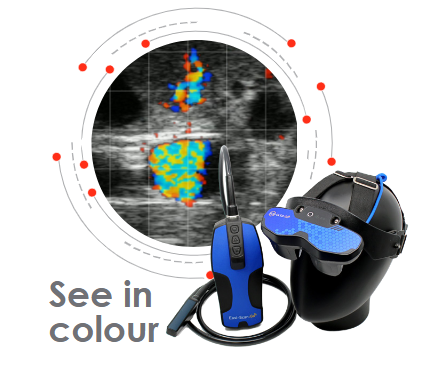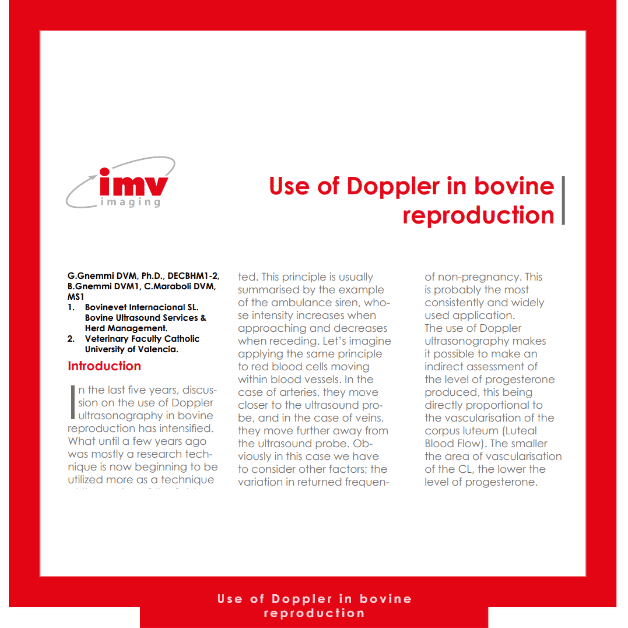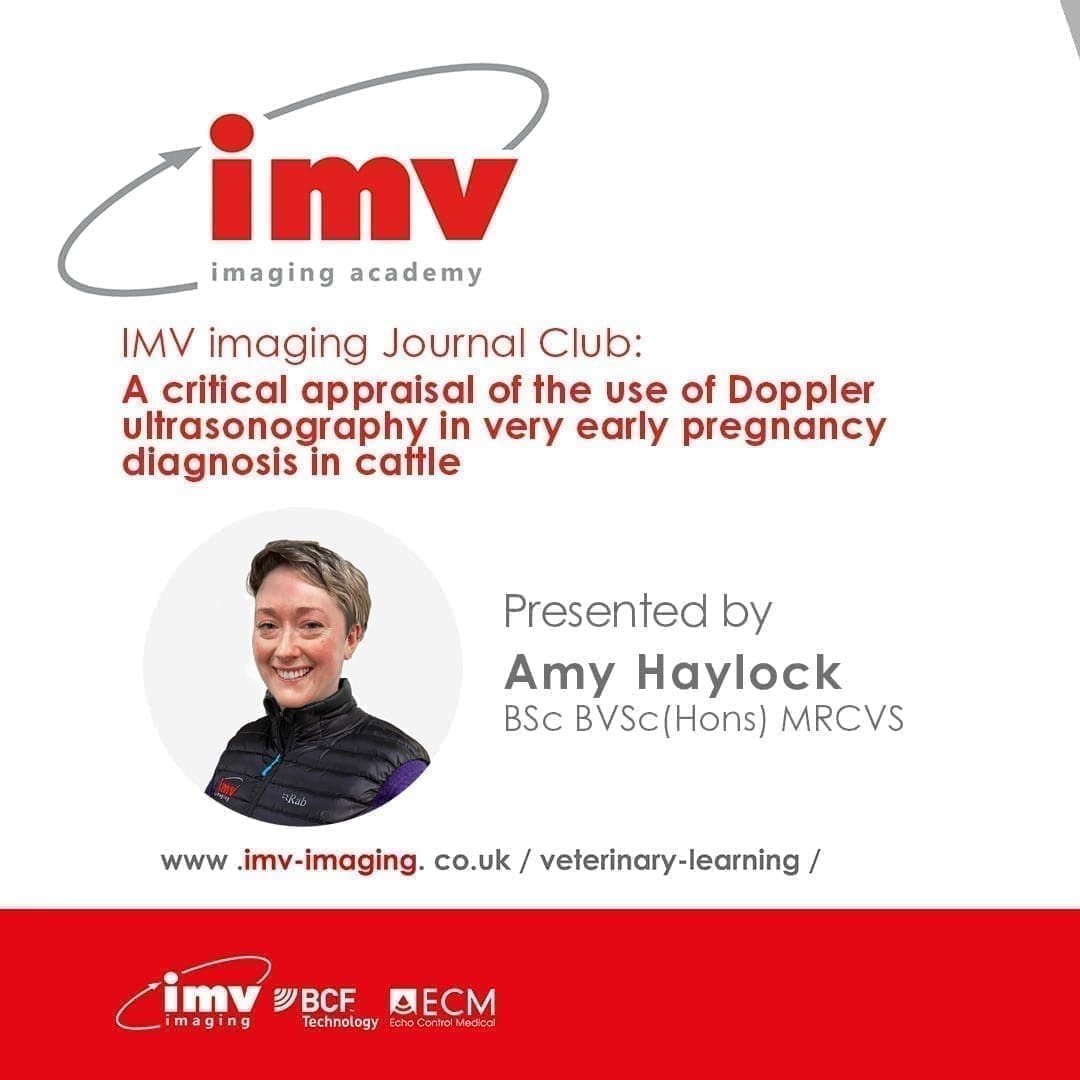You may have spotted over the last few months that the Easi-Scan:Go is now equipped with Colour Flow Mapping (CFM) software, allowing you to examine blood flow in bovine animals. Today we are delighted to share that we now also have colour capability in the OLED BUGs, completing the CFM solution.
What is CFM?
Colour Flow Doppler Mapping
“Ultrasound waves reflected from moving structures, such as red blood cells, differ in their frequency compared with the emitted waves, resulting in a Doppler shift. This shift is positive; that is, the frequency of the reflected waves is higher than that of the emitted waves when the red blood cells move toward the transducer. When the blood cells move away from the transducer, the frequency of the reflected waves is lower than that of the emitted waves and the Doppler shift becomes negative.” (Bollwein, Heppelmann, Luttgenau)
What does that mean?
Essentially, CFM shows blood flow to and from a structure. On the Easi-Scan:Go, CFM can be used to examine the ovary and by examining blood flow you can determine a non-pregnant cow, 18 days post insemination. This aids getting cows in calf faster, increasing milk and meat output on the farm.
.png)
How is it different to other CFM scanners?
With pre-set, optimised for low velocity blood flow in the CL, and B+CFM mode, this product makes a scanning process and embracing the new technology really easy. Our CFM pre-set is designed with the bovine uterus in mind. Blood in the uterus does not circulate as fast as in other areas of the body and requires different imaging techniques, settings and scanner capabilities for accuracy.
Easi-Scan:Go is designed to make the scanning process easier and faster. You can view the image with the robust wireless colour BUGs, or via on the app on any mobile device. With the app you can also adjust CFM gain settings and view the image in both B and CFM mode simultaneously, making your scanning process more seamlessly productive.

Where can I learn how to use CFM?
As always, education is at our core and we always want to ensure that our customers are getting the most out of their ultrasound purchase. We already have some material available on our website but make sure you are signed up to our newsletter so you are notified of upcoming webinars and future case studies.
Want to use CFM on you Easi-Scan:Go?
Get in touch with us to find out if your scanner is capable of driving the new software. If it’s not, you can send it back to us for an upgrade (charges apply)
Enquire today!


